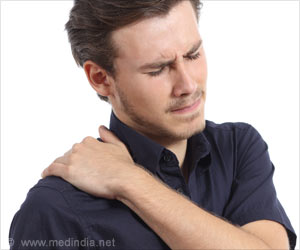Smiling or frowning can reduce needle injection pain by almost 40 percent by lowering the heart rate and by reducing stress.

‘Smiling or frowning can reduce needle injection pain by almost 40 percent by lowering the heart rate and also by reducing the stress. This study demonstrates a simple, free and clinically meaningful method of making the needle injection less painful.’
Read More..




Principal investigator Sarah Pressman, UCI professor of psychological science said, “When facing distress or pleasure, humans make remarkably similar facial expressions that involve activation of the eye muscles, lifting of the cheeks and baring of the teeth. We found that these movements, as opposed to a neutral expression, are beneficial in reducing discomfort and stress.”Read More..
The study was published online in the journal Emotion.
The study included 231 participants who were given an injection of saline by a 25 gauge needle, which is used to give flu shots. The participants self-reported levels of pain, distress and emotion.
The participants held chopsticks in their teeth and were randomly assigned to either express a Duchenne or non-Duchenne smile, a frown or a neutral expression. It was found that in the frown and the Duchenne smile groups, the injection hurt only about half as much as those in the neutral group.
This indicates that these actions make a positive difference in the needle stab experience. Significantly lower heart rates were associated with a sincere Duchene smile.
Advertisement
Source-Medindia










